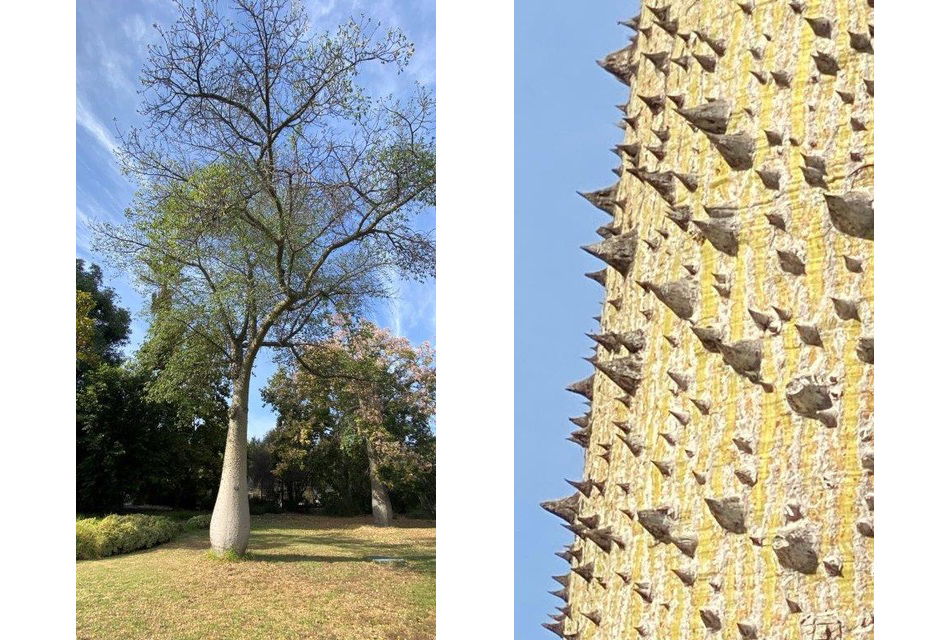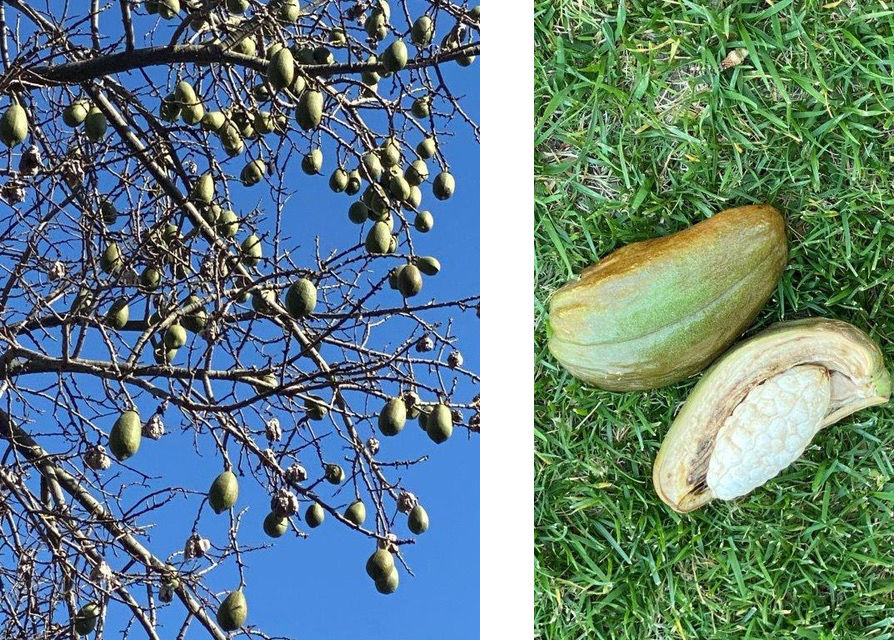Pasadena Beautiful was founded in 1960 to plant street trees
to enhance the beauty of Pasadena. One of our primary goals continues to be the selection, purchase and planting of street trees. Following the City’s Master Street Tree guidelines, a very dedicated Pasadena Beautiful volunteer, Emina Darakjy hand selects each tree for a specific site. Supervised planting and maintenance by trained professionals ensure a healthy tree canopy for our city.
The beautiful green tree canopies in Pasadena are in small part
an example of our efforts over the last 60 years making it a
special place to live, work and raise a family.
A PBF member represents the organization on the Urban Forestry Advisory Committee (UFAC) board and attends their monthly meeting to advocate for the future care and protection of our urban forest because we want to protect and preserve.
- Tree of the Month Archive
- Types of Trees Planted by Pasadena Beautiful in Pasadena Parks
- Arbor Day 2022: Photos | Video
- City of Pasadena: 2018 State of the Urban Forest
- City of Pasadena: Protected Tree List
- City of Pasadena: Master Street Tree Plan Interactive Map
- In The News: Our trees are worth the investment to keep them
- Fiscus Trees Planted on Green Street, March 2023
- Our Urban Forest
October/November Tree of the Month

Ceiba speciosa – Floss Silk Tree
The Floss Silk tree, formerly called Chorisia speciosa, is native to Argentina, Paraguay and southern Brazil and belongs to the Malvaceae family.
It is a deciduous tree, fast growing at first but slowing as it matures. The tree can reach a height of 40 feet tall with an equal spread, but some trees are known to reach an 80-foot height

The trunk is green, swollen at times resembling the shape of a vase and covered with several thick gray thorns that protect the tree from animals. In its native habitat, the trunk wood, which is waterproof, is often used to make canoes. Here, you may find a tree with a smooth trunk by buying grafted varieties from a reputable nursery.
The leaves are bright green, palmate, each composed of 5-to-7 leaflets, resembling an open fan.

In late summer to early winter, most of the leaves drop, exposing a profusion of spectacular large flowers resembling those of a hibiscus. The flowers come in a multitude of colors depending on the cultivars: white, cream, yellow, as well as various shades of pink, with either gold or white throats.

The fruit follows the flowering period; it is dark green and may be mistaken for an avocado when hanging from the tree. As the fruit splits, it reveals a white silk-like material that some people call cotton. This fiber-like material, which soon falls to the ground, contains several black seeds. It is said the fiber may be used to stuff pillows, as well as a variety of winter clothing.

The floss silk tree performs best in a sunny spot, requires a large space, needs regular watering before becoming drought tolerant with age, may be susceptible to frost when young, and does not require a lot of maintenance.
This is a gorgeous ornamental tree, grown for its spectacular flowers, and is impressive even when seen from a distance.
Whether you have one growing in your neighborhood or somewhere else, I hope you take a moment to enjoy the stunning beauty of the floss silk trees.
Article and photos by Emina Darakjy
Tree Request Information for Homeowners:
Typically, when the city is ready to start their planting cycle, they will leave a note to inform the homeowner that they are about to get a tree which is usually a 15-gallon tree. If you prefer a larger tree than the one provided by the city, please inform the city of your preference. The city will then contact Pasadena Beautiful about the homeowner’s request for the upgrade, and PBF will instead provide a 24 in. box size tree.
Please note that the planting site has to be approved and the curb marked by the city after the dead tree is removed and the stump is ground prior to planting a new tree.
Alternatively, as the homeowner, if you want to pay for a larger tree, please email us at [email protected] and include your address and contact information where you can be reached. The cost is $500 and includes the tree, delivery, stakes, ties, trunk guard, slow-release fertilizer, soil amendments, mulch and labor.
Street tree requests should be directed to the 311 call center or (626) 744-3846
Any questions or inquiries regarding urban forest, please call or email:
Michael King
Email: [email protected]
Phone: (626) 744-3846

